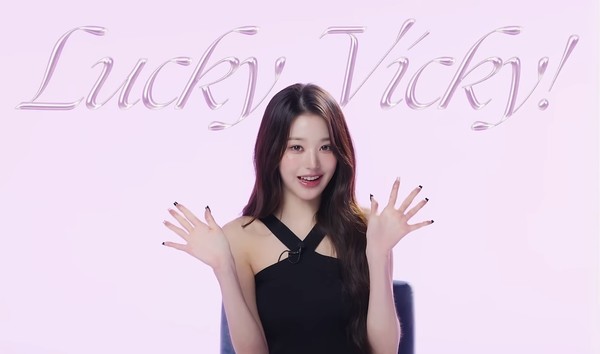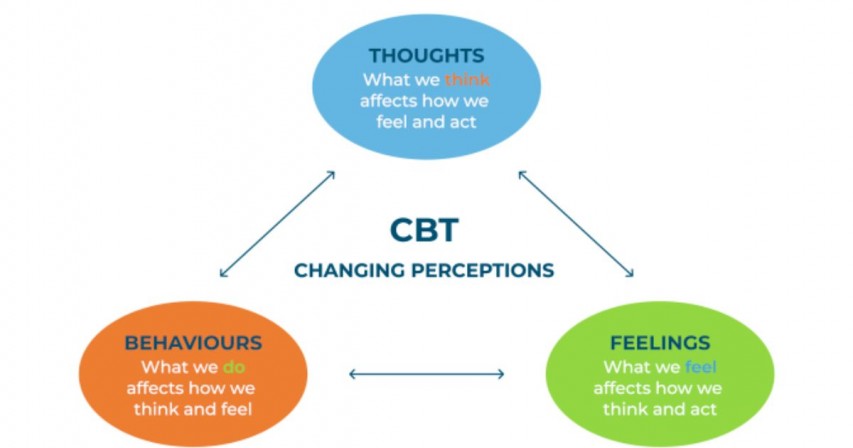[Culture] Chill Guy and Lucky Vicky: How Positive Memes Became Part of Our Everyday Life
Recently, positive memes have gained popularity on social media. Positive memes highlight the bright side of difficult situations and reinterpret them in a more optimistic way. Unlike traditional memes which were often used for criticism and satire, positive memes are taking on a new role. They offer comfort to viewers and encourage them to adopt more hopeful perspectives in everyday life.
Lucky Vicky and Chill Guy: Examples of Positive Memes
Notable examples of positive memes include “Lucky Vicky” and “Chill Guy.” Lucky Vicky, created by Jang Won-young, a member of the popular idol group IVE, combines the word lucky with her English name, Vicky. As of April 27, #LuckyVicky had been used in 23,000 Instagram posts. Inspired by Jang’s positive mindset, the meme encourages people to shift their perspective and find something good even in negative situations.

Jang Won-young and Lucky Vicky Photo: iConsumer (iconsumer.or.kr)
Another example is the Chill Guy meme, which was selected by the U.S. newspaper USA Today as the top meme of the year. The meme features a cartoon dog in a relaxed pose and expression, accompanied by the message, “Stay calm and relax.” Users often describe themselves as Chill Guys to reframe their circumstances in a more light-hearted and resilient way.
From Instagram to Advertising: The Versatility of Positive Memes
Individuals creatively adapt these memes into their daily lives. For instance, an Instagram account called Chillguykorea parodied the Chill Guy meme when he had no plans for Christmas. Instead of feeling lonely, he identified himself as a Chill Guy enjoying the holiday at home.
Rather than simply consuming memes in their original forms, users actively reinterpret and personalize them. In the case of the Lucky Vicky meme, some replace “Vicky” with their own names to put a positive spin on their experiences. Positive memes, therefore, are continuously reimagined, reshaped, and spread in diverse ways.
Positive memes have also increasingly been used in marketing. In November 2024, Baskin Robbins launched a product called Lucky Bera ahead of Korea’s national college entrance exam. It incorporated the Lucky Vicky meme to send a message wishing good results to students by combining lucky and Bera, a common Korean abbreviation for Baskin Robbins.
Similarly, Red Bull ran an advertisement using the phrase: “Just a Chill Guy That Likes Red Bull.” Doctor Noh Joo-seon, a psychologist specialized in counseling, explained that these marketing strategies offer consumers brief emotional comfort while reinforcing a favorable image of the brand and its products.

Red Bull using Chill Guy meme for advertisement Photo: Instagram (instagram.com)
The Social Background for Its Spread
The popularity of positive memes is driven by social and psychological responses to modern anxieties. Dr. Noh explained that the main users are young adults who experience stress due to unemployment and economic instability. As a reaction to this anxiety, they naturally turn to messages that provide comfort and help them reframe their current circumstances.
This trend is not just individual—it reflects a collective reaction to widespread social uncertainty. Positive memes are simple and easy to share and apply to everyday life. Dr. Noh pointed out this simplicity allows people to practice positive thinking in a rational, not delusional, way.
Different from simply ignoring negative realities, positive memes help individuals reframe situations logically to enable more optimistic interpretations. They are short and intuitive, providing immediate emotional comfort.
Dr. Noh also explained that Korea’s highly developed social media and online platforms amplify this effect. In this environment, the emotional changes of young adults are quickly reflected in and influenced by their daily lives. As a result, these positive memes permeate everyday life more deeply and rapidly.
More Than Humor: A Tool for Mental Health
The key characteristic of positive memes is that rather than merely encouraging optimistic thinking, they involve a process of approaching situations logically and reframing them in a rational way.
Dr. Noh explained that this mechanism is similar to the cognitive restructuring techniques used in psychological therapy. Cognitive restructuring is a method of helping individuals replace unrealistic thoughts with logical ones, enabling them to analyze situations objectively and shift from anxiety to composure.
Illustration depicting the cognitive restructuring Photo: Burns Virtual Psychological Solutions (bvpsychsolutions.com)
As a result, Dr. Noh argues that acknowledging reality and logically reframing it through positive memes enhances resilience and helps overcome negative emotions. He added, “Positive memes will continue spreading optimism and influencing various fields, becoming a key element of social media culture.”According to him, the spread of positive memes could foster personal growth and, beyond that, improve the overall psychological well-being of society. However, he emphasizes that individuals should go beyond simply consuming memes and instead objectively assess their situations and actively work toward improvement.
Far from being shallow internet jokes, positive memes are emotional coping tools for young individuals seeking relaxation amid an anxious reality. By encouraging logical thinking and self-reflection, they are a cultural force that promotes positive mindsets through social media.
There are no registered comments.
I agree to the collection of personal information. [view]


